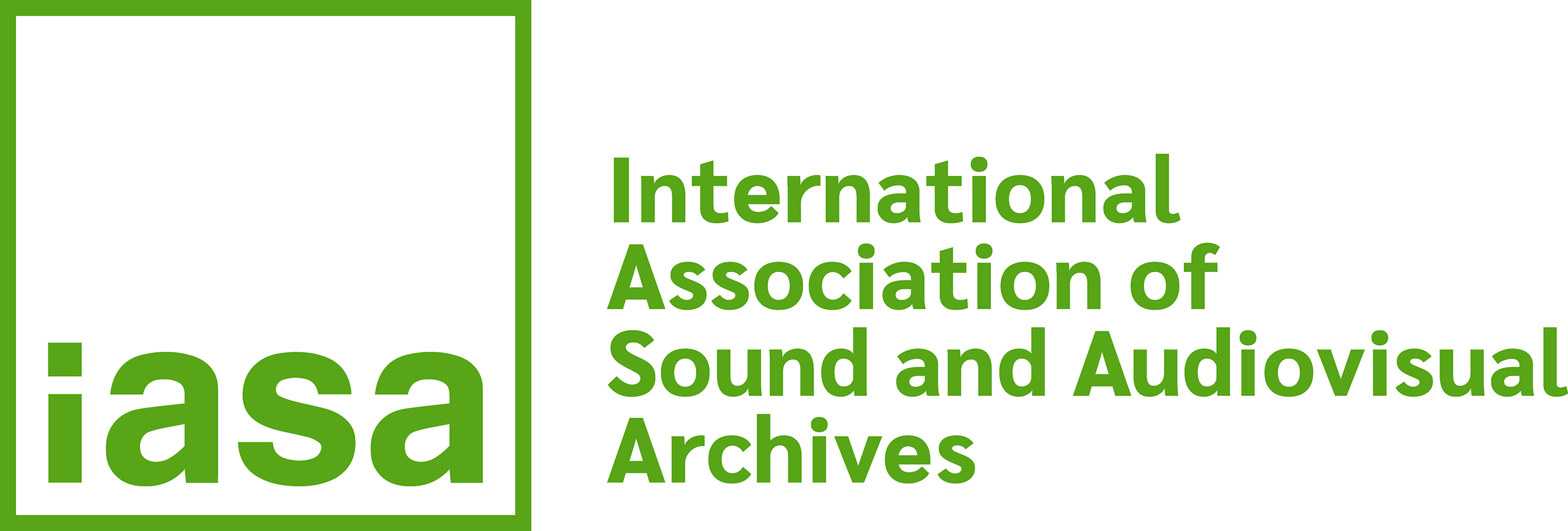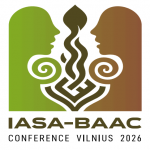6.6.5 Search Systems and Data Exchange
6.6.5.1 The extent to which content can be discovered sets the limit on the amount of use of the material. In order to ensure broad usage it is necessary to expose content through various means.
6.6.5.2 Remote databases can be searched using Z39.50, a client-server protocol for searching and retrieving information. Z39.50 is widely used in the Library and Higher education sector, and its existence predates the web. Given the extent of its use, it is advisable to establish a Z39.50 compliant client server on databases. However, this protocol is being rapidly replaced in the web environment by SRU/SRW (Search/Retrieval via a URL and Search/Retrieve Web service respectively). SRU is a standard XML-focused search protocol for Internet search queries, utilizing CQL (Contextual Query Language), a standard syntax for representing queries (http://www.loc.gov/standards/sru/). SRW is a web service that provides a SOAP interface for queries in partnership with SRU.Various open source projects support SRU/SRW in relation to the major open source repository software such as DSPACE and FEDORA.
6.6.5.3 OAI-PMH (Open Archives Initiative Protocol for Metadata Harvesting) is a mechanism for repository interoperability. Repositories expose structured metadata via OAI-PMH which is aggregated and used to support queries on the content. OAI-PMH nodes can be incorporated into the common repositories. OAI-ORE (Object Reuse and Exchange) will be important for the sound and audiovisual archiving community as it addresses the very important requirement to be able to deal efficiently with compound information objects in synchronisation with Web architecture. It allows the description and exchange of aggregations of Web resources.”These aggregations, sometimes called compound digital objects, may combine distributed resources with multiple media types including text, images, data, and video”. http://www.openarchives.org/
6.6.5.4 In order for the sophisticated online environment to work it is necessary to have interoperable metadata and content. This means that there must be some shared understanding of the attributes included, a general schema which is able to operate in a variety of frameworks, and a set of protocols about exchanging content. This is best achieved, as is always in the digital environment, by adhering to the standards, schemas, frameworks and protocols recommended and avoiding proprietary solutions.


